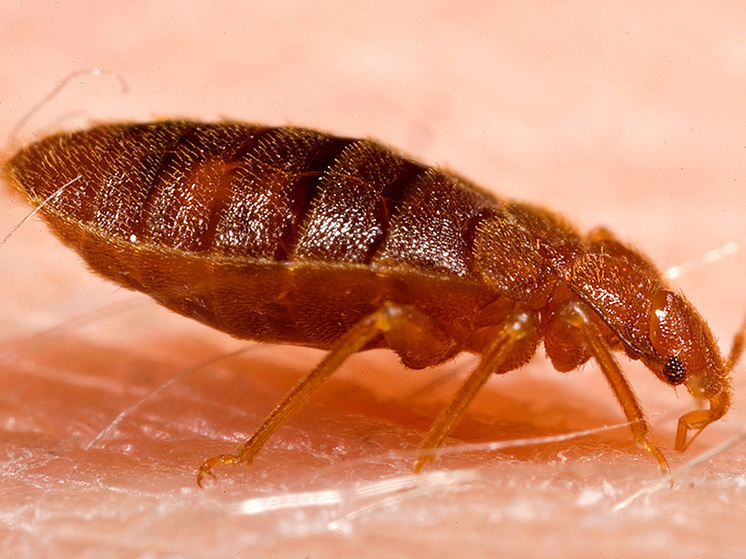Bed bugs hitchhiked to Britain in ancient times
An “incredibly rare” discovery made by archaeologists proves that bed bugs came to Britain with the ancient Romans. Researchers find the remains of insects that “hitchhiked” to Albion almost 2000 years ago.

The Romans left their mark on British healthcare — from running water to public baths, writes The Observer. But perhaps not all traces were positive. Archaeologists working at Vindolanda, the site of a Roman garrison south of Hadrian's Wall in Northumberland, have unearthed new evidence that the Romans also brought bedbugs to Britain.
Dr Andrew Burley, who leads the Vindolanda archaeological team, said: “It is incredibly rare to find them in any ancient context.”
The discovery was made by Katie Wise Jackson, 24, a student at University College Dublin (UCD), who worked on the excavated material as part of her master's program in archaeoentomology, the study of insects on archaeological sites, writes The Observer.
Focusing on one of the lowest layers of Vindolanda, which dates back to around 100 AD, she discovered two thoraxes believed to belong to the common bug, known by its Latin name Cimex lectularius. They use needle-like mouthparts to pierce people's skin to suck their blood.
“Finding these kinds of things helps humanize the people of the past,” says Katie Wise Jackson. Noting that the Roman philosopher Pliny wrote about the medicinal value of bedbugs in treating certain diseases, such as ear infections, she added: “People then had very different ideas about what insects were capable of.”
The team included Dr Stephen Davies, lecturer in environmental archeology at University College Dublin. He said there was another Roman site in England where antique bugs had been found previously, Alcester in Warwickshire, but Vindoland's would be «the earliest found in Britain to date.»
By analyzing soil samples, Katie Wise Jackson also discovered beetles that could provide additional information: “I can tell about trade, food storage, hygiene, waste management by what species are present and in what quantities. At the moment I am finding a large number of grain and dung beetles. So we're not really looking for clean space here. The most important thing is that most of the insects that I find are so-called synanthropes. They live in close proximity to people. The Romans do have a reputation for being extremely clean people, so it's interesting to find all these insects that contradict that.”
One theory, according to The Observer, is that the Romans brought bedbugs to Britain in their straw mattresses . Wise Jackson notes: “It is very likely that they arrived with the things that the Romans brought. Today we see bedbugs traveling on airplanes in luggage and clothing. The Romans brought clothing, straw, and grain in huge quantities when they set up their camps. So it was a perfect opportunity for one or two bedbugs to hitchhike.”























































Свежие комментарии